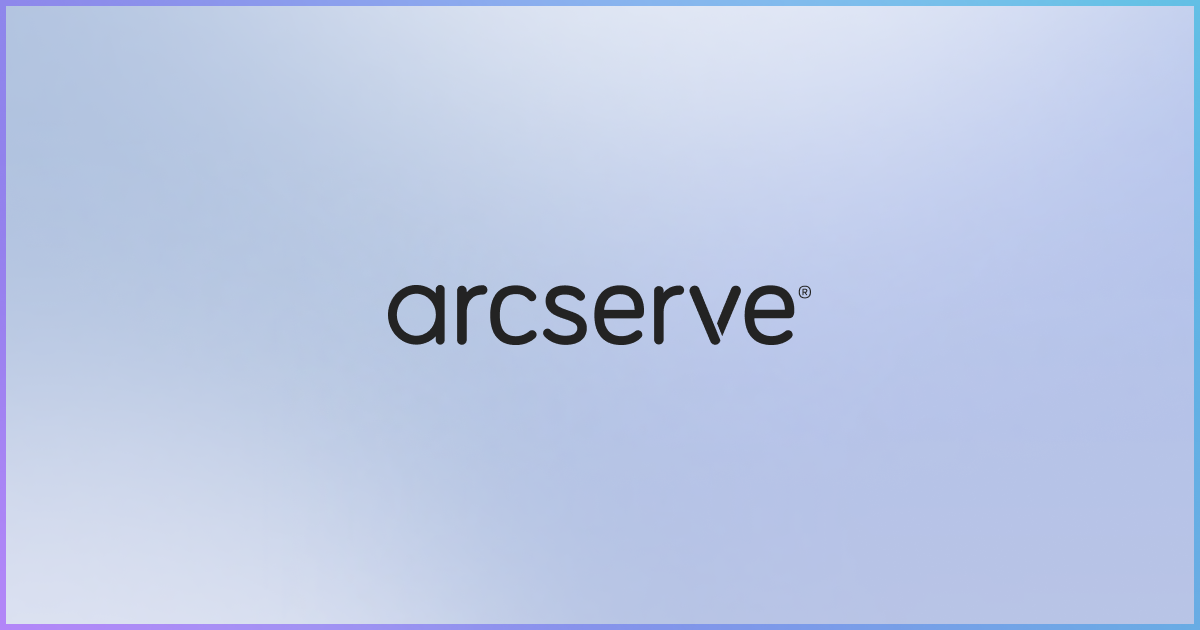What Is Data Lifecycle Management, and What are the Best Practices for Data Archiving and Backup?

The total amount of data created, captured, copied, and consumed globally will skyrocket to over 180 zettabytes next year. If you’re an IT pro at a mid-size enterprise, you’re already dealing with the repercussions of this growth as you address growth on a massive scale.
The National Institute of Standards and Technology (NIST) defines the “information life cycle” as “the stages through which information passes, typically characterized as creation or collection, processing, dissemination, use, storage, and disposition, to include destruction or deletion.” Data lifecycle management (DLM) refers to the data lifecycle framework—the processes and strategies you employ—to manage data throughout these stages.
An effective data lifecycle management strategy is crucial to ensure your data is secure, adheres to data backup best practices, and is disposed of properly when no longer needed.
Understanding the Data Lifecycle
Let’s start by breaking the NIST’s stages down:
- Creation and collection
This stage involves generating and acquiring data from various sources, including internal processes, customer transactions, and third-party vendors. - Storage and access
Once created, your data needs to be stored securely and accessed efficiently by authorized users. This stage encompasses immediate storage solutions, which include primary storage and systems that support high availability and performance. - Data Backup and Data Protection
Data backup and protection best practices require regular backups based on your RTOs and RPOs. These backups ensure your data isn’t lost or corrupted, ensuring data integrity and availability. This stage includes scheduling backup jobs, choosing storage mediums, and implementing security measures such as encryption and immutability. - Archiving and Retention
Data that isn’t needed for immediate operational purposes but is still valuable for record-keeping, compliance, and historical purposes should be archived. At this stage, this data is transferred to long-term storage solutions where the retention policies you set ensure accessibility when needed. Cloud storage-as-a-service solutions—such as Google Cloud—are reliable options with low upfront costs and various storage classes, including archive storagefor 365 days with 99.95 percent availability. - Data Disposal
When data is no longer valuable or required for compliance or other purposes, it must be disposed of securely to prevent unauthorized access or data breaches. Data deletion strategies include data sanitization, where deleted data is cleansed of hidden content, such as metatags and document properties that could pose security risks. Cryptographic erase is a method of sanitation in which the encryption key for the data being disposed of is sanitized, making recovery of the decrypted target data virtually impossible.
Effective Data Lifecycle Management (DLM) Tools and Strategies
You must implement effective tools and strategies for each of the stages NIST describes in the data management lifecycle. These include:
- Storage and Access
Choose storage solutions that offer secure access controls, such as role-based access controls (RBAC) and multi-factor authentication (MFA). These will block unauthorized users from accessing sensitive data. Make sure your data is encrypted at rest and in transit to prevent unauthorized access. The National Security Agency (NSA) recommends AES 256 for encrypting stored data. In this post, read about today’s encryption algorithms and what the future holds.
You must establish data-sharing policies within and outside your organization, identifying who can access specific datasets, under what conditions, and which security measures apply. This helps maintain data security and ensure compliance. - Data Backup and Data Protection
Establish a regular backup schedule based on how critical and volatile a dataset may be. For example, financial data may require multiple daily backups, while archival data may only need to be backed up weekly or monthly.
As noted in the 3-2-1-1 backup strategy, Arcserve highly recommends storing backups onsite and offsite to ensure redundancy. Finally, develop or update your comprehensive disaster recovery plan to ensure fast, reliable recovery. Find a step-by-step guide to creating your disaster recovery plan here. Find more resources from the Cybersecurity and Infrastructure Security Agency (CISA) here. - Archiving and Retention
Define retention periods for your various datasets based on industry standards and regulatory requirements. Choose archival storage solutions that provide secure, long-term storage, such as tape, and keep one backup copy in immutable storage. Ensure your data is accessible for audits, legal inquiries, or historical analysis, which involves maintaining a catalog of archived data, documenting metadata, and implementing solutions that deliver search functionalities for efficient retrieval. - Disposal
According to data elimination firm Garner Products, incineration and degaussing are the two fool-proof ways to dispose of hard disk and tape data. Incineration is rarely used in the U.S. due to environmental concerns.
A better choice is using a degausser, which applies a magnetic force far greater than the read/write heads, eliminating magnetic data. While it’s an old technology, degaussing is the only non-destructive method for erasing data that must be disposed of. Tools, like Secure Erase and cryptographic erasure, are also available to ensure your data is wiped clean from storage mediums.
The Role of Arcserve Unified Data Protection in Data Lifecycle Management
Arcserve Unified Data Protection (UDP) helps simplify data lifecycle management by protecting against data loss and extended downtime across your cloud, local, virtual, hyperconverged, and SaaS-based workloads.
The solution reduces your downtime from days to minutes and validates your RTOs, RPOs, and service-level agreements SLAs). Arcserve UDP lets you create data stores on the recovery point server and add the nodes you want to protect, a storage destination, and a plan. It’s that simple.
A centralized, cloud-based management console helps you easily meet your data lifecycle management, archiving, and backup requirements.
Learn more about Arcserve UDP by requesting a demo.
Choose an Arcserve Technology Partner for expert help with your data lifecycle management, backup, and disaster recovery requirements.